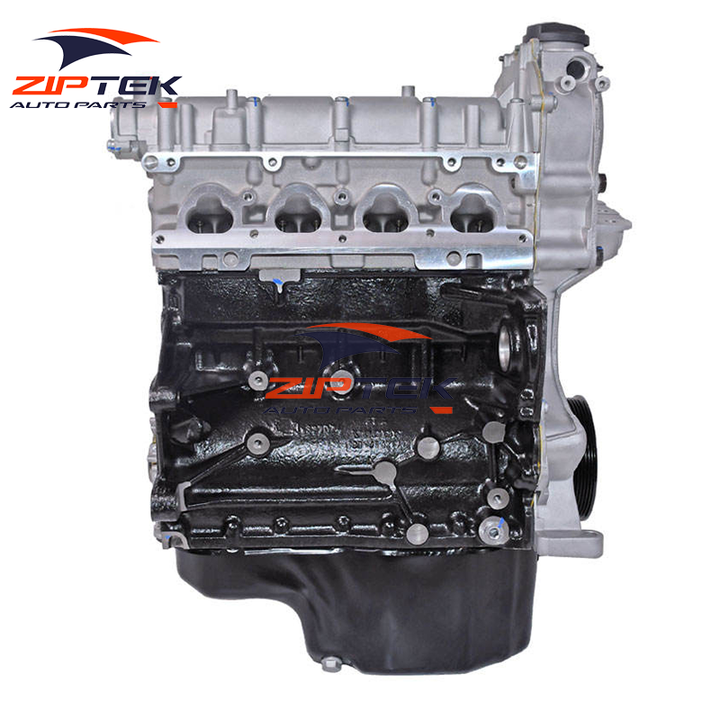Lower downtime by using a well-maintained clp engine.
Lower downtime by using a well-maintained clp engine.
Blog Article
How a Clp Engine Can Improve Efficiency in Different Industries
The arrival of CLP engines notes a considerable change in functional performance throughout different industries, driven by their capacity to optimize fuel usage and decrease downtime. As companies progressively prioritize sustainability alongside performance, the function of CLP engines becomes also much more important.
Review of CLP Engines
CLP engines, or Continuous Liquid Propellant engines, stand for a substantial innovation in propulsion modern technology, particularly for space applications. These engines use a constant feed system that enables the continual expulsion of propellant, resulting in enhanced effectiveness and performance compared to standard solid or hybrid propulsion systems. By maintaining a continuous flow of liquid propellant, CLP engines can attain much more accurate drive control, which is vital for navigating spacecraft in numerous goal circumstances.
The design of CLP engines incorporates advanced products and ingenious fuel monitoring systems. clp engine. This leads to decreased weight and increased integrity, crucial factors for long-duration room goals. Moreover, the continual operation minimizes the danger of combustion instability, a common obstacle in standard rocket engines.

Benefits in Manufacturing
The production of Continual Fluid Propellant (CLP) engines offers a number of significant advantages that enhance both efficiency and cost-effectiveness. One of the key advantages is the structured production process, which reduces the intricacy related to typical propulsion systems. By using liquid propellant, producers can achieve better accuracy in engine performance, resulting in optimized energy result and lowered waste.
Additionally, CLP engines facilitate a greater level of modularity, enabling easier assimilation into various production lines. This versatility can substantially lower preparations and improve overall functional versatility. Making use of CLP modern technology likewise tends to lessen the need for extensive upkeep due to less moving components, which equates into minimized downtime and operational prices.

Applications in Logistics
Leveraging Continuous Liquid Propellant (CLP) engines in logistics offers significant advantages in operational efficiency and this hyperlink dependability. These engines supply a durable remedy for numerous transport requirements, making it possible for the smooth activity of items throughout substantial distances. The inherent design of CLP engines allows for regular power result, which converts into smoother and much more predictable transportation timetables.
One of the crucial applications of CLP engines in logistics remains in sturdy freight transport, where they can drive both ground and aerial lorries. Their capability to preserve high efficiency under varying lots problems guarantees that delivery timelines are fulfilled, therefore boosting client contentment. In addition, CLP engines can be integrated right into automated logistics systems, facilitating real-time tracking and enhancing path preparation.
In addition, the durability of CLP engines lowers maintenance downtime, allowing logistics firms to maximize their functional abilities. This is particularly beneficial in warehousing procedures, where efficiency in taking care of and delivering goods is essential. As logistics continues to evolve, the combination of CLP engines represents a forward-thinking technique that not only improves efficiency but additionally supports the market's expanding demands for integrity and speed.
Influence On Energy Effectiveness
How do Constant Fluid Propellant (CLP) engines enhance power performance in transportation? CLP engines use a regular flow of liquid gas, enhancing burning processes and keeping a stable thrust result. This design minimizes energy losses related to standard combustion engines, where gas distribution can differ and lead to inefficiencies.
The constant operation of CLP engines permits a much more efficient thermal cycle, leading to greater specific impulse compared to traditional engines. clp engine. This converts to minimized fuel usage for the same quantity of job done, considerably lowering operational prices across numerous transport industries, including aeronautics and maritime sectors
Furthermore, the why not try this out capability of CLP engines to keep optimum efficiency under differing load problems minimizes the need for regular acceleration and deceleration, further improving fuel efficiency. Boosted power efficiency not only adds to cost savings however additionally leads to lower greenhouse gas emissions, aligning with international sustainability objectives.
Future Trends and Innovations
Arising developments in Continual Fluid Propellant (CLP) engine modern technology assurance to reinvent the landscape of transport effectiveness and sustainability. As industries pivot toward greener choices, CLP engines stand at the leading edge, incorporating cutting-edge products and layout approaches that improve efficiency while reducing ecological influence.
Among the most promising fads is the adoption of crossbreed systems that incorporate CLP engines with eco-friendly energy sources. This harmony can optimize gas usage and decrease emissions, straightening with worldwide sustainability objectives. Advancements in computational liquid dynamics (CFD) are facilitating the style of more aerodynamically reliable engines, leading to decreased drag and boosted fuel performance.
Additionally, the growth of wise monitoring systems is readied to enhance Web Site functional efficiencies. These systems utilize data analytics and IoT modern technology to optimize engine efficiency in real-time, making sure that the engines operate within their most reliable specifications.
As study remains to discover alternate propellant solutions-- such as biofuels and synthetic gas-- the future of CLP engines looks promising. By taking advantage of these innovations, sectors can not only enhance their performance but likewise add considerably to a cleaner, a lot more lasting future in transportation.
Final Thought
In final thought, CLP engines stand for a substantial innovation in performance throughout several markets. The combination of sophisticated materials and fewer relocating components lessens upkeep demands, while positioning with sustainability goals settings CLP engines as a critical technology for the future.
Report this page